The Capital Market's Evolving Role: From Scale to Quality and Innovation
本文包含AI辅助创作内容
China's financial landscape stands at a pivotal crossroads as it accelerates reforms to bolster resilience amid complex external challenges. Insights from leading Chinese financial experts, including He Haifeng, Executive Director of the China Financial Policy Reportproject at Tsinghua University's PBC School of Finance, and Ding Zhijie, Director of the Financial Research Institute at the People's Bank of China, illuminate key priorities for 2025 and beyond. Their analyses offer valuable perspectives for Latin American investors, multinational corporations, and global financial professionals evaluating China's evolving market opportunities and risks.
The Capital Market's Evolving Role: From Scale to Quality and Innovation
He Haifeng underscores that China's capital markets remain the fulcrum of the nation's financial ecosystem, crucial to economic modernization and the pursuit of high-quality growth. The recent “New Nine Measures” (“New Guo Jiu Tiao”) and accompanying policies mark a deliberate transition towards sustainable, quality-driven capital market development. Regulatory focus sharpens on risk prevention, market integrity, and the cultivation of innovation-driven enterprises.
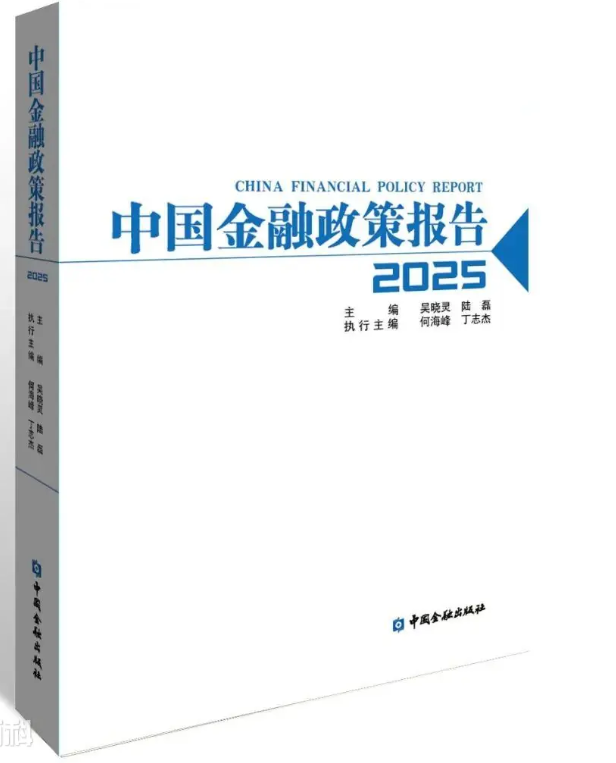
A salient feature is the clear shift toward supporting technology and industrial upgradingas core mandates. He highlights the A-share market's increasing “technology narrative,” with clearer clustering effects around new productivity drivers. The strategic goal is to enhance capital flows to science and technology innovationfirms—especially those pioneering “hard technology” and addressing critical “bottleneck” technologies—by refining listing standards and strengthening intermediary oversight, such as securities firms and public funds.
This policy-driven push to guide long-term capitaltoward early-stage, innovation-centric enterprises is designed to unleash latent growth potential and inject fresh dynamism into China's industrial system. The China Securities Regulatory Commission (CSRC) has initiated reforms allowing loss-making but promising technology firms to list, particularly on the Science and Technology Innovation Board (STAR Market), supported by pilot demonstration cases that illustrate market-driven success.
Deepening Financial Reform: Five Pillars for Resilience and Growth
Ding Zhijie's China Financial Policy Report 2025 offers a comprehensive review of China's financial system amid heightened global volatility, geopolitical tensions, and technological disruption. His report identifies pressing challenges including:
Escalating global economic fluctuations and trade realignments;
Rising geopolitical risks and “unequal” tariff practices, notably from the US;
The systemic impact of global regulatory reforms and digital currency innovation on traditional finance.
Against this backdrop, China's domestic pressures include fragile consumer demand, labor market strains, fiscal constraints at local government levels, and the critical management of debt and real estate sector risks.
The report sets forth five core reform priorities:
Optimizing Financial Resource Allocation:
Strengthening multi-tier capital markets to harmonize equity and debt financing, prioritizing strategic emerging industries and tech innovation, thereby pivoting financial supply from sheer expansion to targeted structural support.
Advancing Central Banking and Monetary Policy Transmission:
Accelerating interest rate liberalization, refining benchmark rate formation, and improving policy instruments to ensure liquidity effectively reaches priority sectors.
Ensuring Financial Stability Through Robust Regulation:
Constructing a coordinated supervisory framework that integrates macroprudential and microprudential approaches, expands regulatory coverage to all financial activities, and bolsters risk prevention for small-to-medium banks and local government debt.
Enhancing Financial Service Quality:
Reinforcing financial institutions'primary mission to serve the real economy with heightened efficiency, governance, and risk controls. Promoting compliant fintech innovation and expediting digital transformation.
Promoting High-Level Financial Opening-Up:
Deepening RMB internationalization and expanding China's international financial centers, with an emphasis on Hong Kong, Shanghai, and Shenzhen as interconnected nodes facilitating cross-border capital flows and product innovation.
Ding stresses that RMB internationalization is a “no-failure” strategic mission, dependent on broadening domestic market openness and developing offshore RMB capabilities to elevate China's voice in global finance.








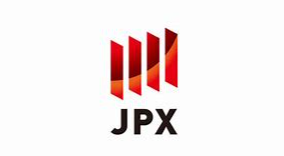


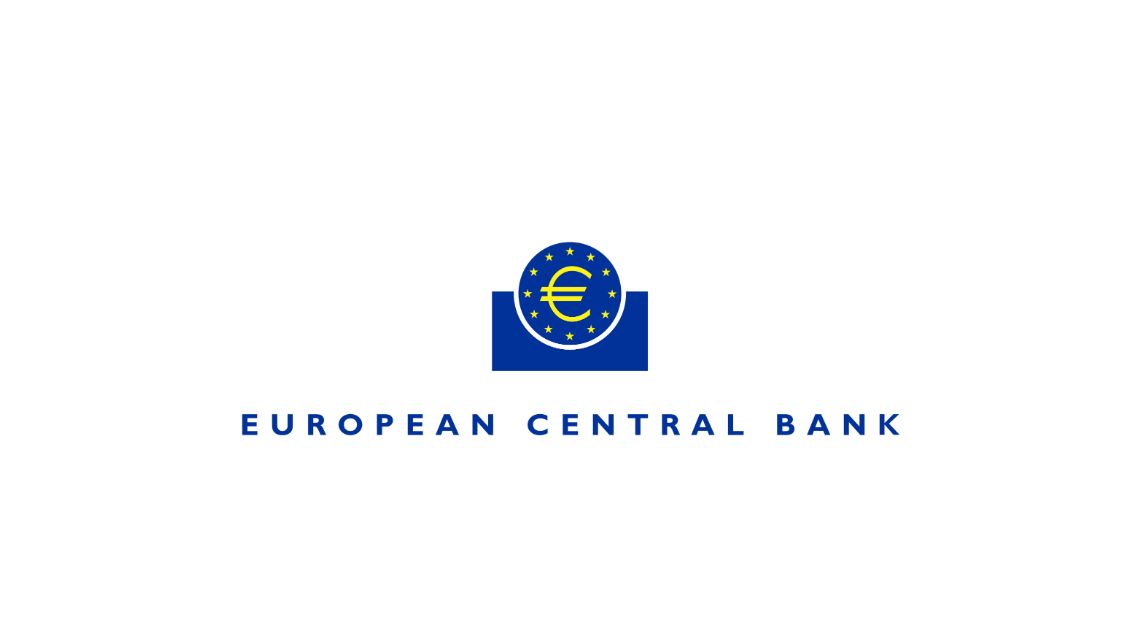
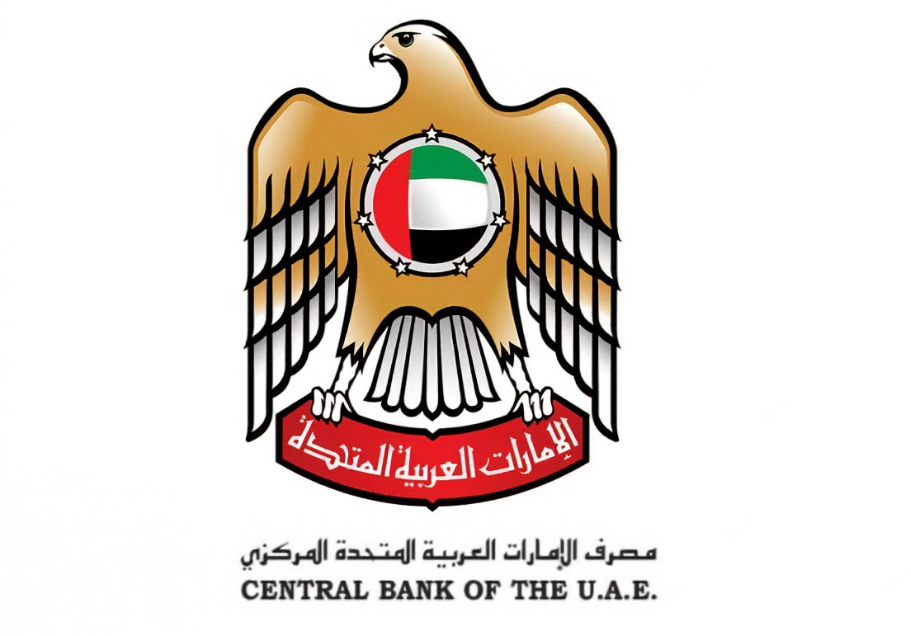

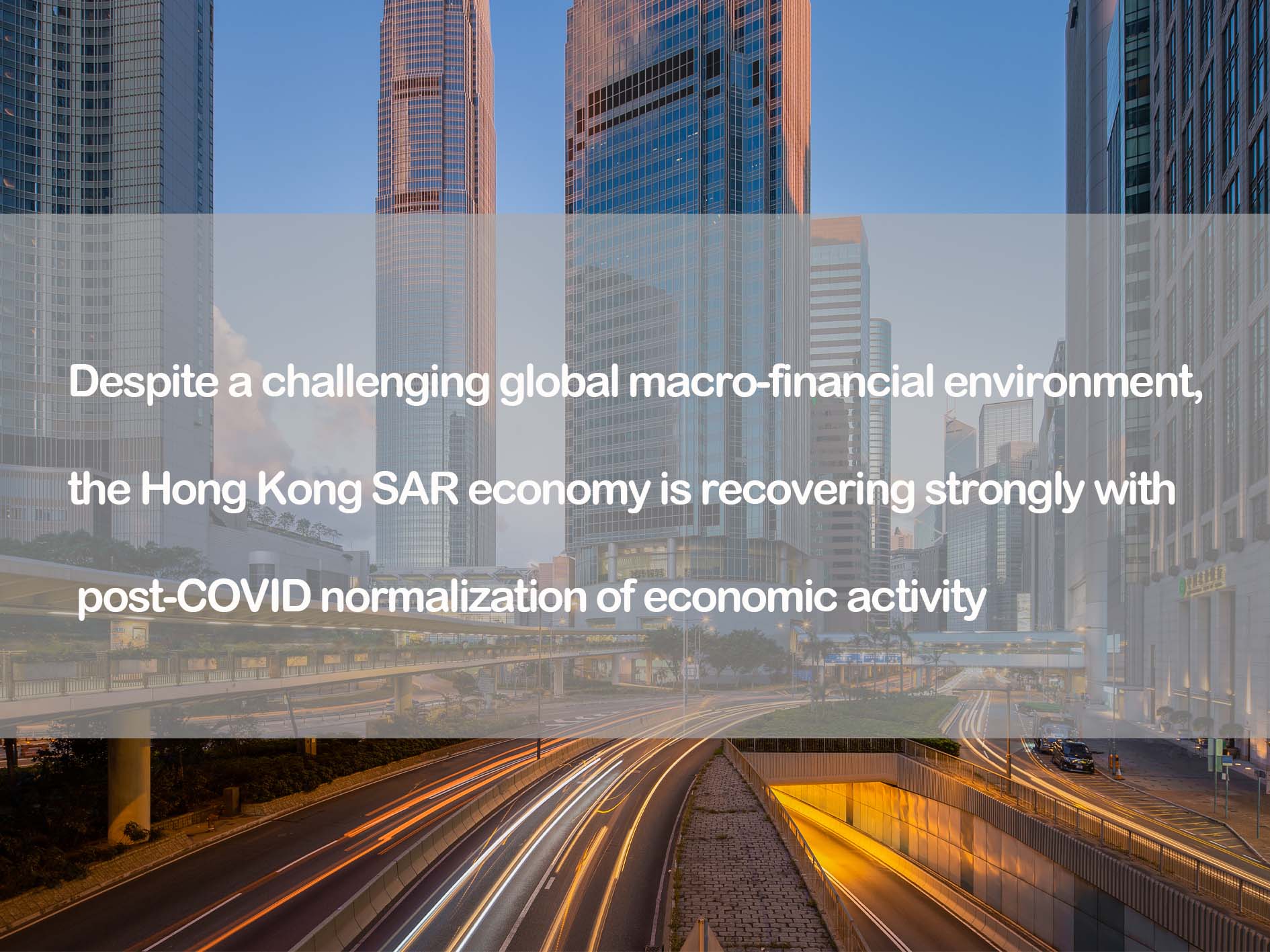



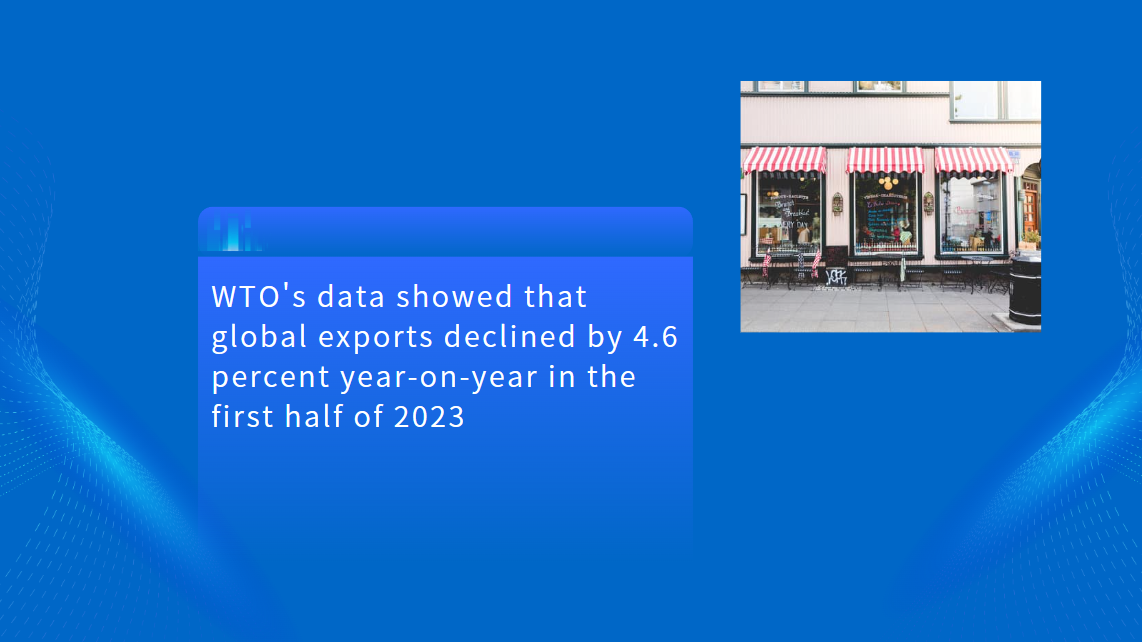
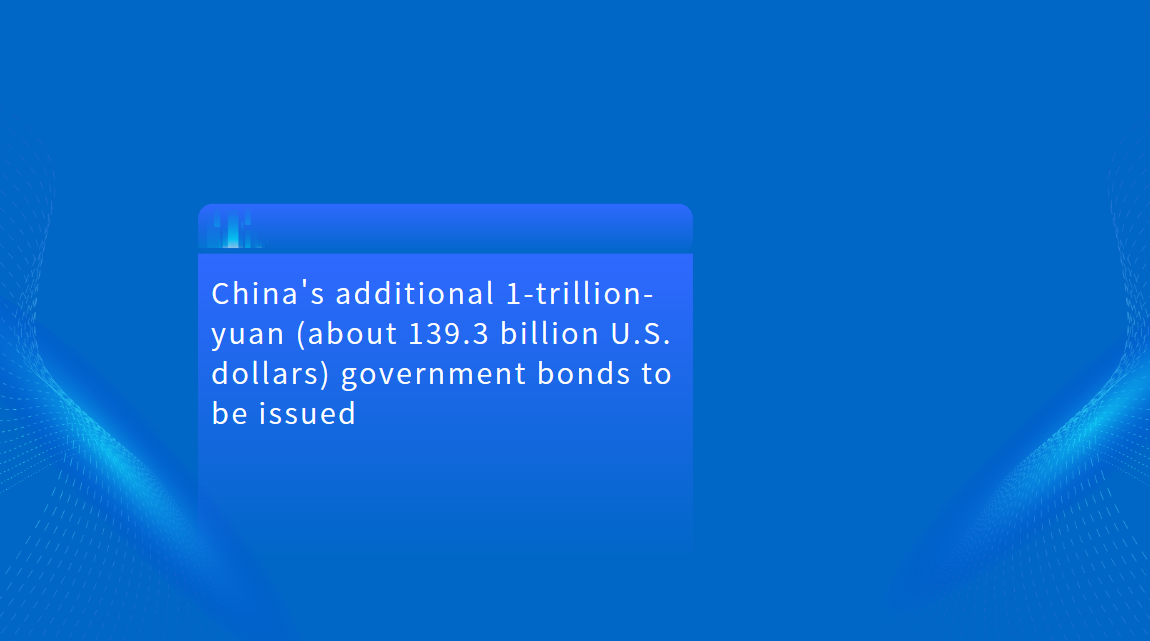

































First, please LoginComment After ~